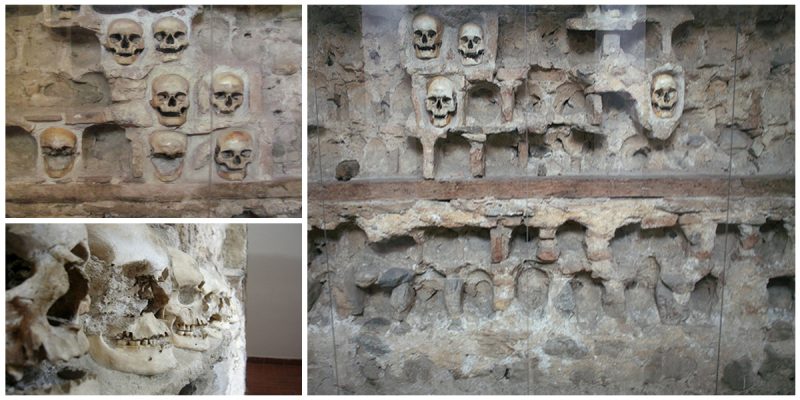Located in the city of Niš, Serbia, on the old Constantinople Road leading to Sofia, the Skull Tower (Ćele-kula) is a tower composed largely of human skulls.
It was built by a conquering Turkish army in the 19th century using the skulls of Serb rebels.
The tower stood as a cautionary tale to remind the Serbian people of what happens to those who resist the Ottoman Empire. It is a monument to the cruel capabilities of the human race.
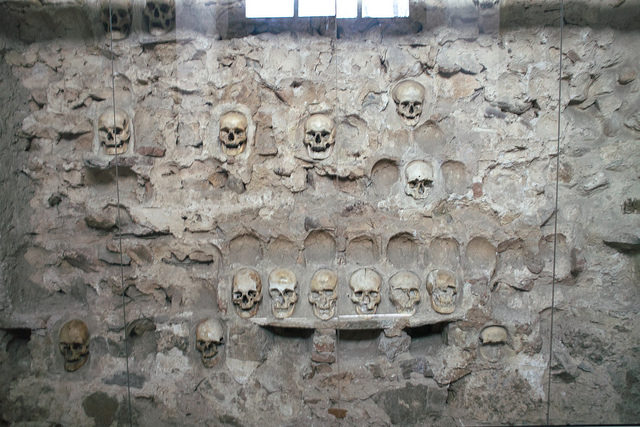
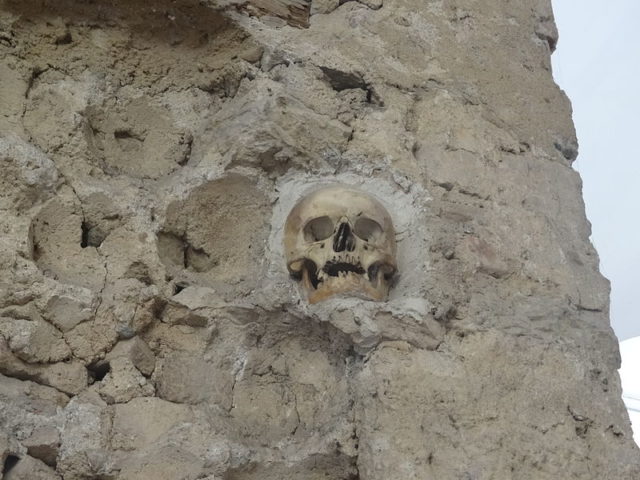
During the time of the Ottoman Empire, Turkish forces were known to create tower structures from the skulls of their enemies in order to create terror among their opponents.
This ancient practice was adopted and nourished in some cultures and became well-known in history.
The city was controlled by the Ottoman Empire but patriotic Serbians wanted their land back so therefore a strong resistance movement began.
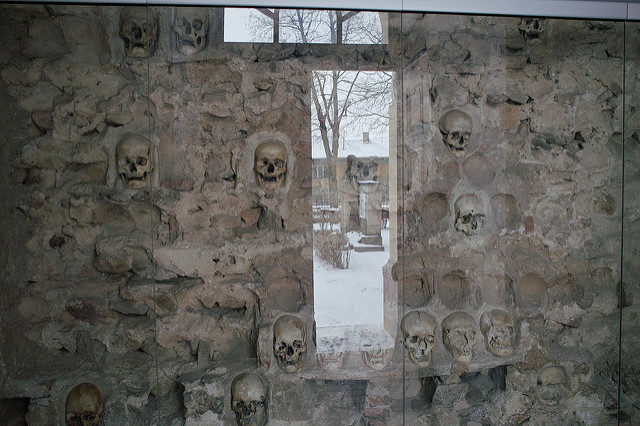
The Skull-tower was built after the battle that took place at the hill Cegar (the Battle of Čegar) in 1809.
In the battle,which was fought during the First Serbian Uprising (part of the Serbian Revolution, 1804–1817), around 3,000 Serbian revolutionaries, led by commander Stevan Sinđelić, were attacked by a large Turkish force on Čegar Hill, near Niš.
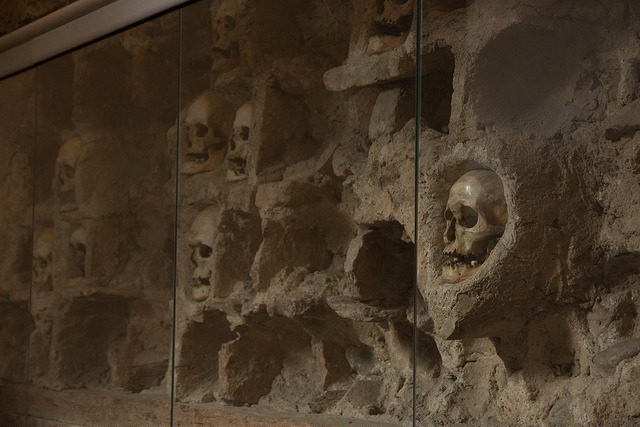
Rather than surrender or flee they decided to put up a desperate last stand.
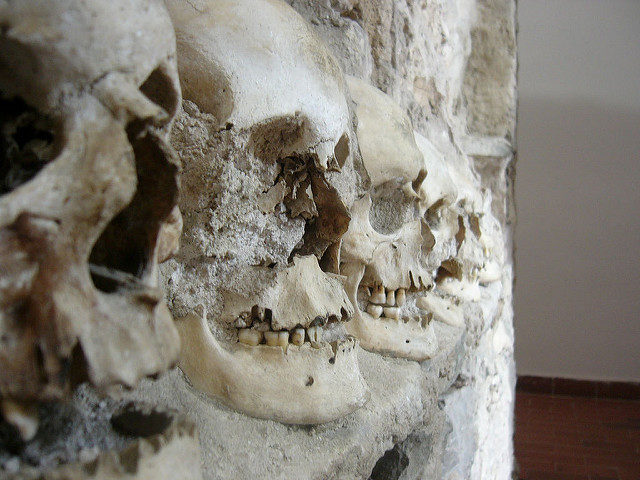
Knowing that he and his men would risk impalement if captured, Sinđelić took his flintlock and fired at his entrenchment’s gun powder magazine, killing himself and all Serbian rebels and Turkish soldiers in the vicinity.
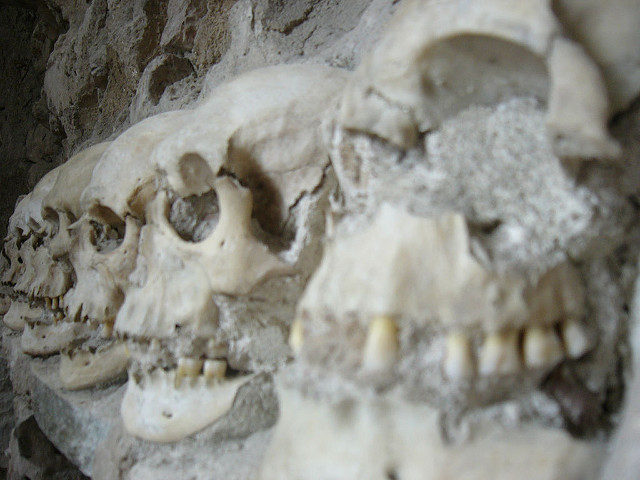
Afterwards, Hurshid Pasha, the Turkish general, ordered that the heads of the Serb victims must be collected, skinned and their skull used as building material of the tower which would stand as a warning to future generations intending to revolt against the Ottoman Empire.
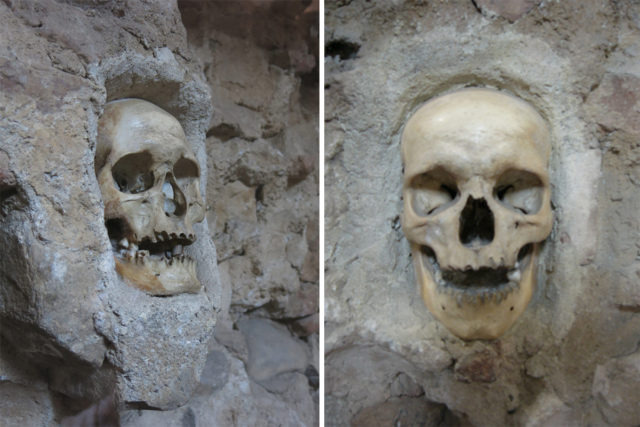
The tower is 10 feet (3.0 m) high, and originally contained 952 skulls embedded on four sides in fourteen rows, with 17 skulls in each row, at each side of the tower.
The skull of the rebel commander Stevan Sinđelić was placed at the top.
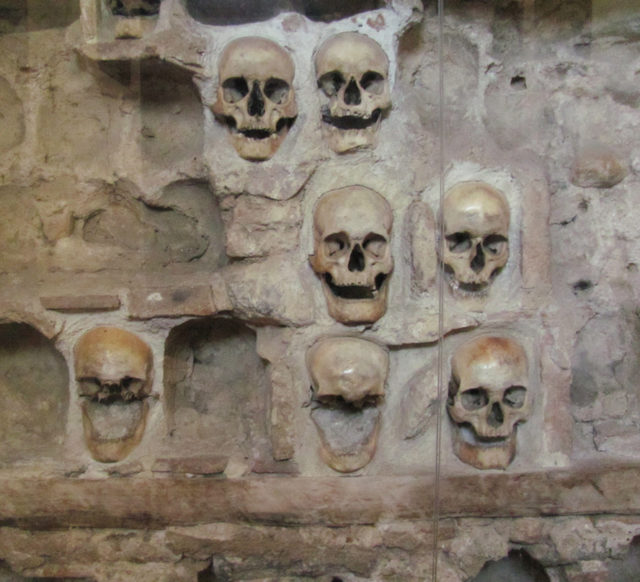
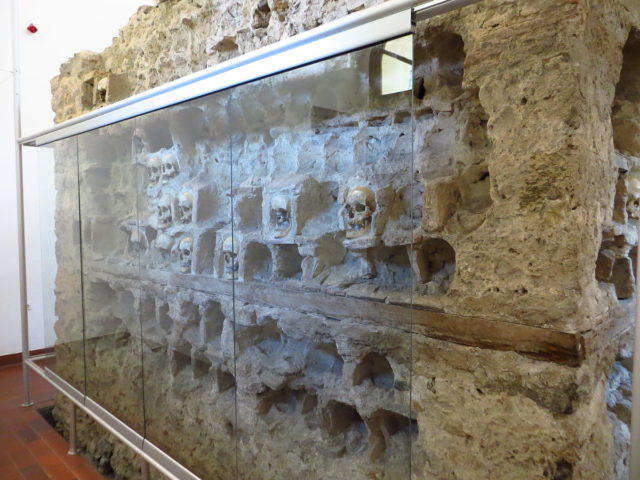
Here is another story about skull monument:“We bones that here are, for yours await” is written on the entrance in The Chapel of Bones in Portugal, a church adorned with 5,000 human skulls and bones
In the ensuing years, many skulls fell out from the tower walls, some were taken away for burial by relatives who hoped to identify the skulls of their deceased family members while others were taken by souvenir hunters.
